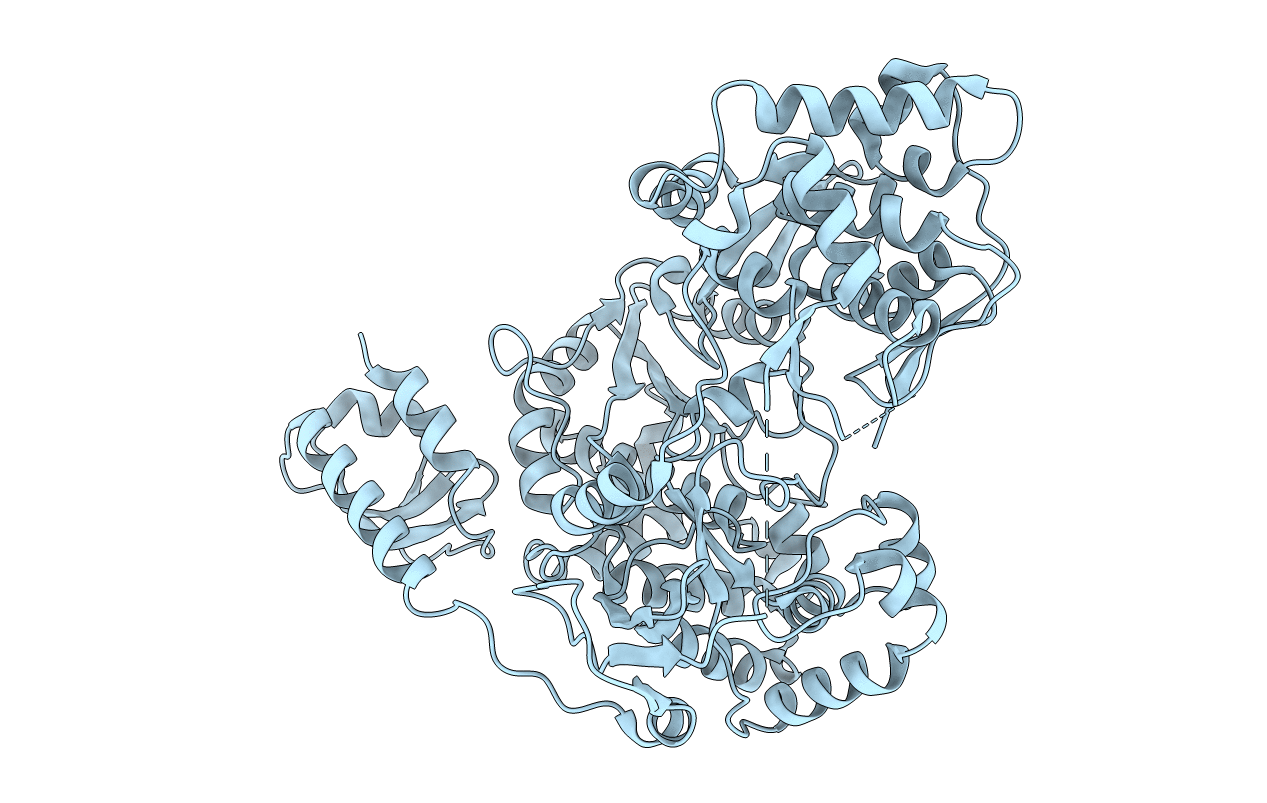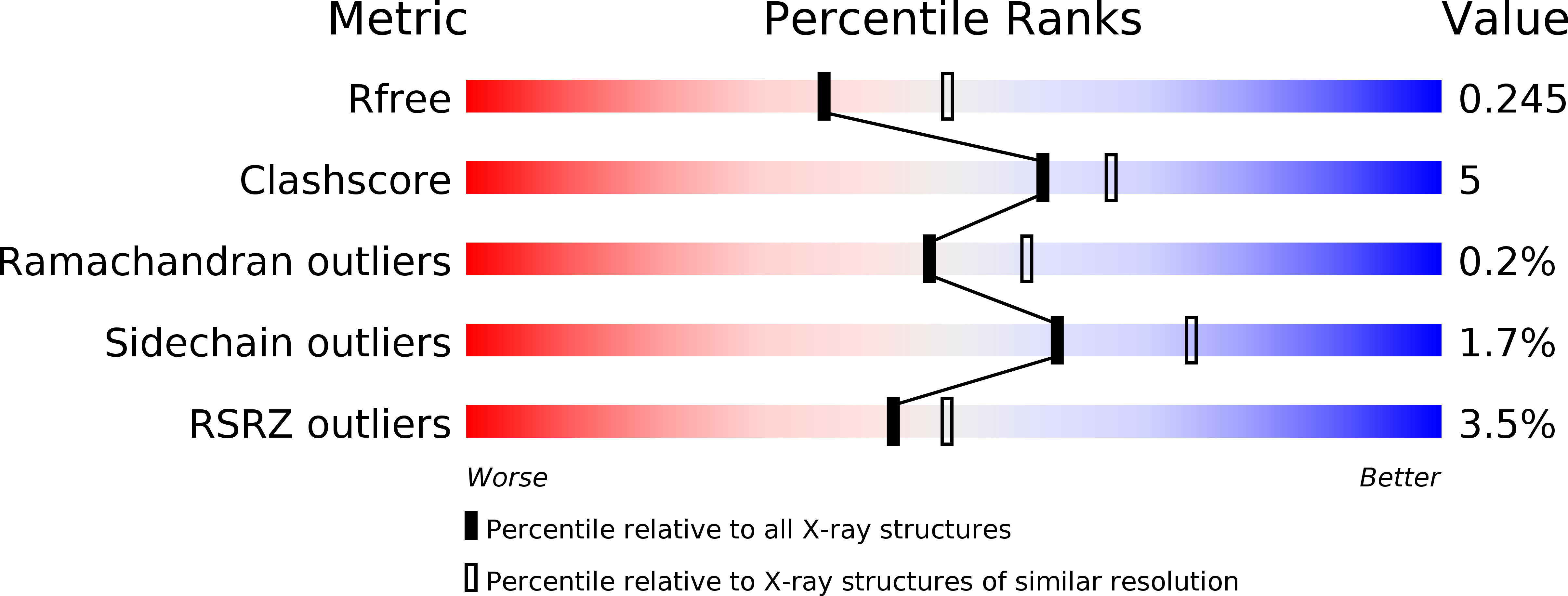
Deposition Date
2017-09-20
Release Date
2018-09-19
Last Version Date
2023-11-22
Entry Detail
PDB ID:
5YF7
Keywords:
Title:
Crystals structure of Classical swine fever virus NS5B (residues 1-672)
Biological Source:
Source Organism:
Classical swine fever virus (Taxon ID: 11096)
Host Organism:
Method Details:
Experimental Method:
Resolution:
2.27 Å
R-Value Free:
0.24
R-Value Work:
0.19
R-Value Observed:
0.20
Space Group:
P 43 21 2


